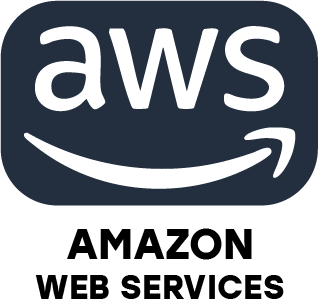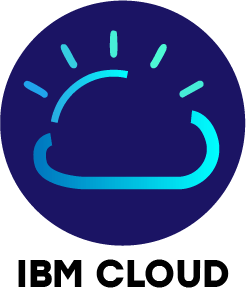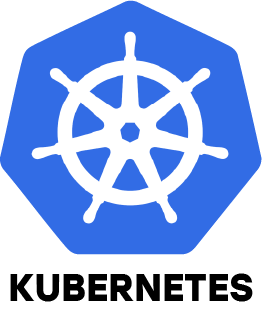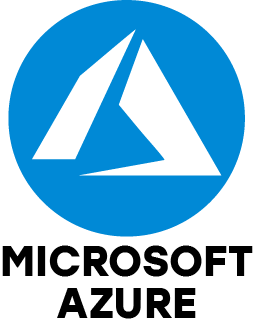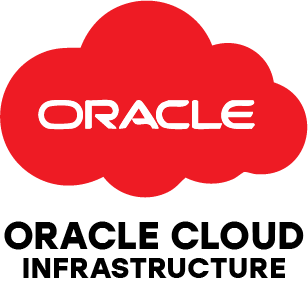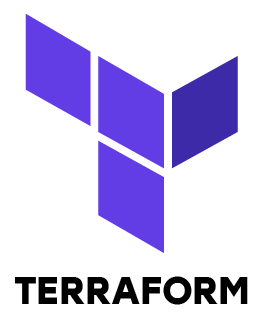1. What is the difference in IaaS, PaaS and SaaS?
Ans:
Cloud computing offers three main service models: IaaS, PaaS, and SaaS. IaaS provides fundamental resources like virtual machines, storage, and networking, while users handle everything else. PaaS delivers a ready-to-use platform for developing and deploying applications, removing the need to manage underlying hardware or software. SaaS offers fully built applications over the internet, such as Gmail or Microsoft Office 365, which users can access without installation.
2. What is IAM and why is it important?
Ans:
IAM (Identity and Access Management) controls who can access cloud resources. It ensures only authorized individuals have access to specific data or services. IAM allows creating users, assigning roles, and setting permissions based on job functions, enhancing security and enforcing principles like least privilege.
3. How does auto-scaling work in AWS?
Ans:
AWS auto-scaling automatically adjusts the number of virtual machines based on your application's traffic. When user demand increases, AWS adds more instances to handle the load, and when demand decreases, it removes extra instances to save costs, ensuring smooth operation without manual intervention.
4. How can cloud services be made fault-tolerant?
Ans:
Fault-tolerant cloud systems continue working despite failures. This is achieved by deploying resources across multiple availability zones (data centers). If one zone fails, others take over. Load balancers distribute traffic evenly, and auto-scaling adjusts resources as needed. Regular backups and monitoring ensure quick recovery from issues.
5. What are AWS availability regions and zones?
Ans:
AWS is organized into regions, such as Asia-Pacific or North America, each containing multiple availability zones, which are isolated data centers. This structure enhances reliability and uptime. If one zone experiences failure, others maintain service continuity. Selecting suitable regions and using multiple zones improves performance and resilience.
6. What is the role of CI/CD in cloud projects?
Ans:
Continuous Integration (CI) and Continuous Deployment (CD) automate code testing and delivery. When developers update code, CI tools automatically run tests, and if successful, CD tools deploy the changes to servers. This process accelerates development, minimizes errors, and ensures faster updates in cloud environments.
7. How is backup and disaster recovery managed in the cloud?
Ans:
Cloud backup and disaster recovery are simpler and more reliable. Services like AWS Backup and Azure Backup automate scheduled backups. Data can be replicated across regions for added safety. Features like versioning and snapshots allow restoring data to previous states. A solid disaster recovery plan includes regular testing and defined recovery objectives.
8. How do you ensure security in AWS or Azure?
Ans:
- Use IAM to control access.
- Enables the encryption for data at rest and in transit.
- Turn on logging and monitoring and use MFA.
9. How can you reduce cloud service costs?
Ans:
- Use auto scaling and shut down unused resources.
- Choose the right instance types and pricing models, like spot instances.
- Monitor costs using tools like AWS Cost Explorer or Azure Cost Management.
10. What tools will you use for CI/CD in the cloud?
Ans:
Popular CI/CD tools include Jenkins (open-source automation), AWS CodePipeline, Azure DevOps for cloud-based build and deployment, and GitHub Actions or GitLab CI for automated testing and deployment workflows.

